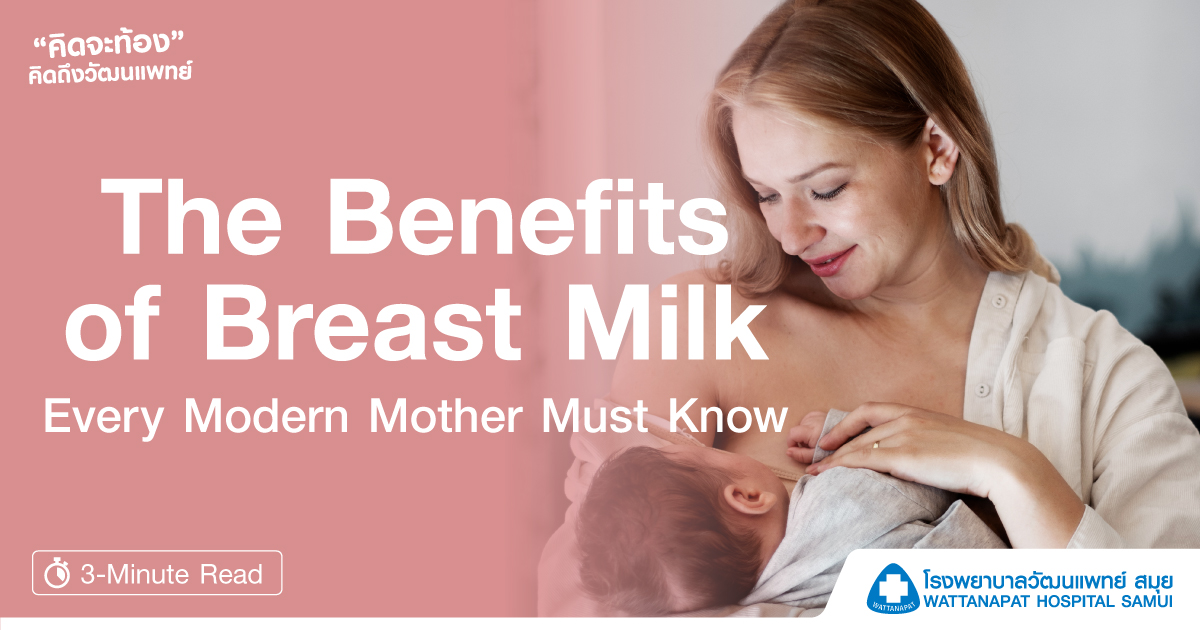The Benefits of Breast Milk: A Treasure Beyond Description Every Modern Mother Must Know
The Benefits of Breast Milk: A Treasure Beyond Description Every Modern Mother Must Know

Breast milk is the unparalleled elixir of life for the newborn, particularly in those initial days after birth. The World Health Organization fervently advocates that infants should be exclusively breastfed from birth until at least the age of two. The milk produced during the first 1-3 days is called "colostrum," a vital source enriched with lactoferrin, the core ingredient in this life-sustaining fluid.
The First Drop: Equivalent to the First Vaccine
Lactoferrin, a protein predominantly found in colostrum, plays a pivotal role in defending the newborn from harmful bacteria, viruses, and fungi. It fortifies the baby’s immune system, acting as a protective shield to ward off potential threats.
The Evolution of Breast Milk: A Nutritional Masterpiece in Three Stages
Breast milk is not only nature’s perfect creation but also evolves across three distinct stages, each nutritionally invaluable to the growing child.
-
Colostrum (Golden Milk): This initial stage occurs within the first 24-36 hours post-birth. Its characteristic yellow hue results from high carotene content and proteins that bolster immunity, aiding brain development and vision enhancement.
-
Transitional Milk: Between the fifth day and the second week, the milk shifts to a milky-white fluid, rich in fats and sugars that fuel the infant's physical growth.
-
Mature Milk: By the second week, the milk thickens and increases in volume, packed with proteins, essential fats, lactose sugars, and an array of vitamins and minerals crucial for the baby’s comprehensive development.
The Duration of Breastfeeding: A Personal Journey Between Mother and Child
Beyond its resemblance to a natural vaccine, breastfeeding yields incredible benefits for the infant, not only boosting immunity but also fostering brain development and forging an intimate bond between mother and child. For mothers, breastfeeding offers added health advantages, reducing the risk of serious illnesses such as breast cancer, ovarian cancer, and diabetes, while also being a cost-effective option in the long run.
As recommended by the World Health Organization and UNICEF, mothers should initiate breastfeeding within the first hour of birth and continue exclusively for the first six months, without introducing other foods. Following this, breast milk should be complemented with appropriate solid foods until at least two years of age or beyond.
Working Mothers: Continuing the Journey Without Disruption
For mothers preparing to return to work after the golden three-month maternity leave, maintaining the breastfeeding journey is crucial. Starting to build a breast milk stockpile during the first month is essential—expressing and storing milk ensures that the baby continues to receive the benefits of breast milk, even after the mother resumes work. This simple yet effective measure becomes invaluable as mothers balance work and the ongoing nourishment of their child.


